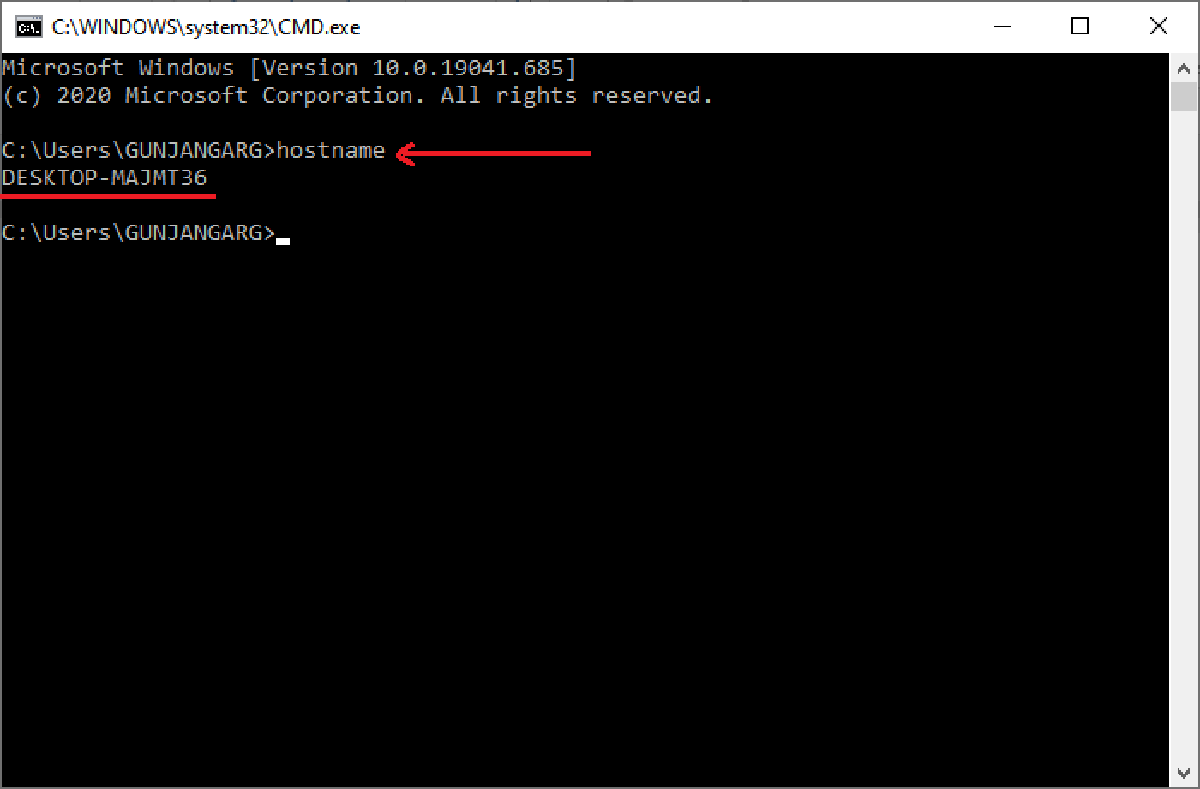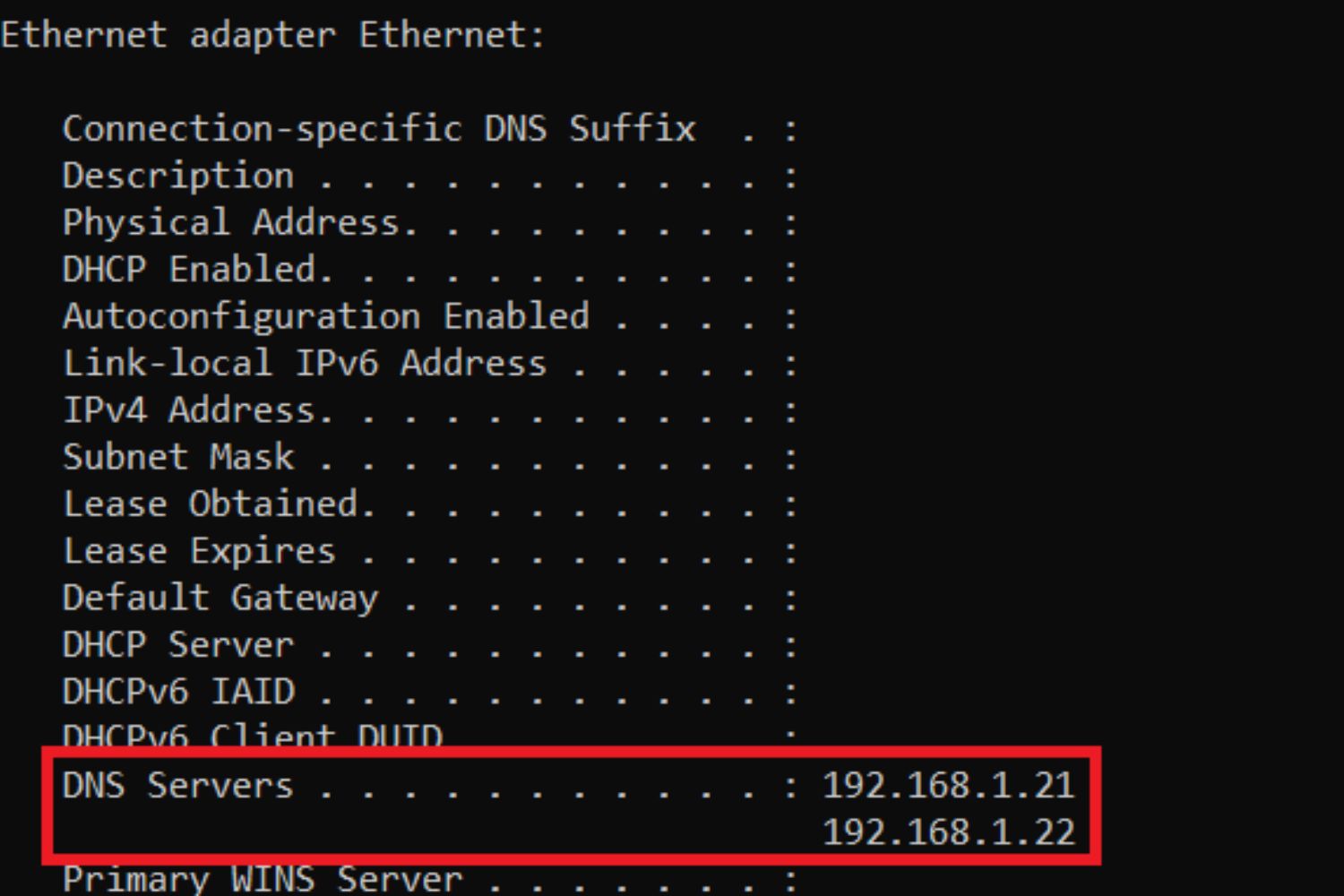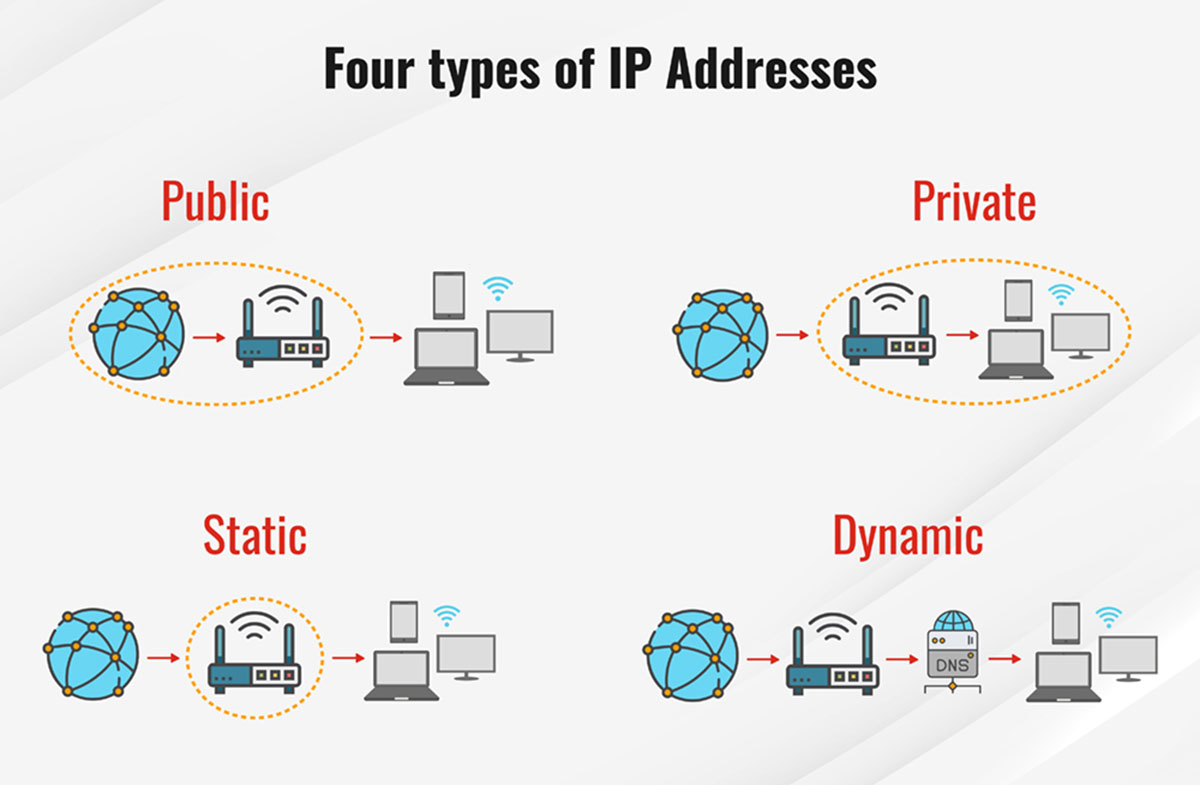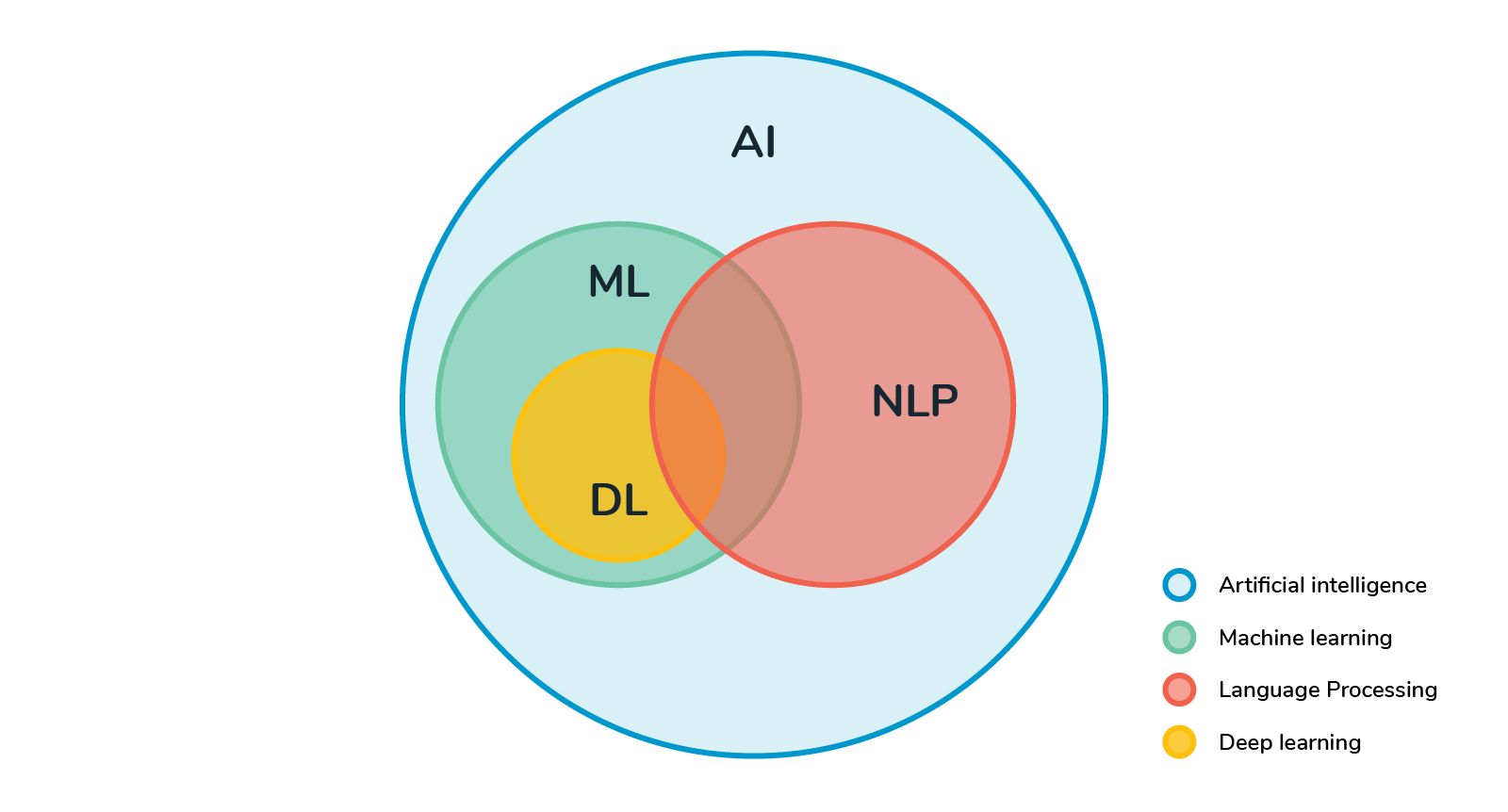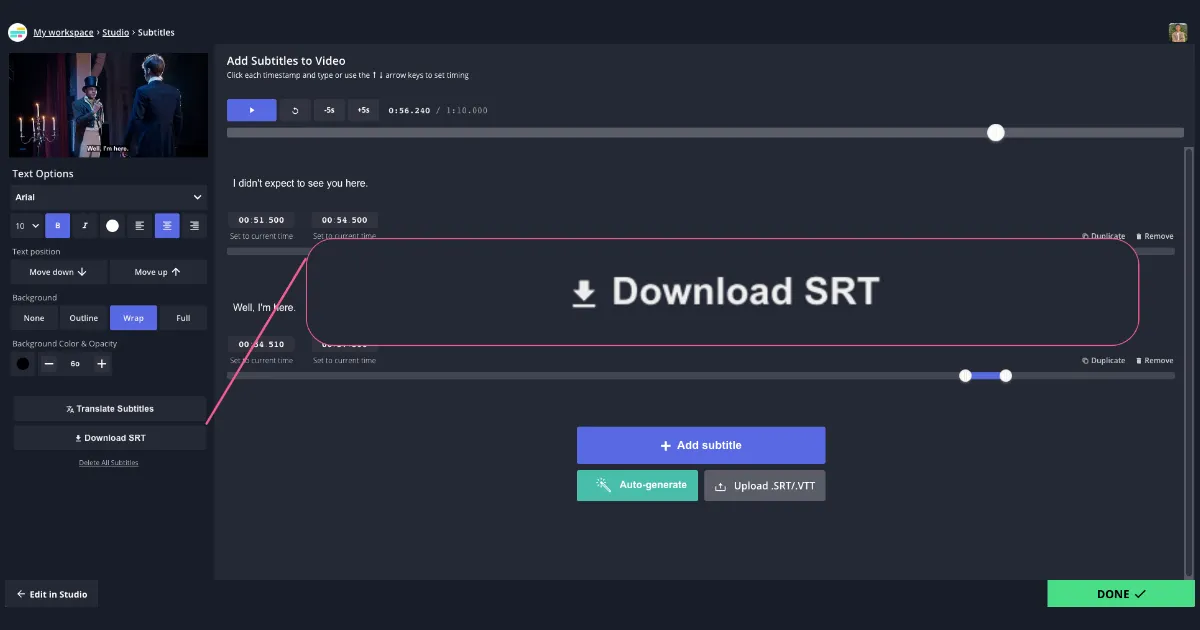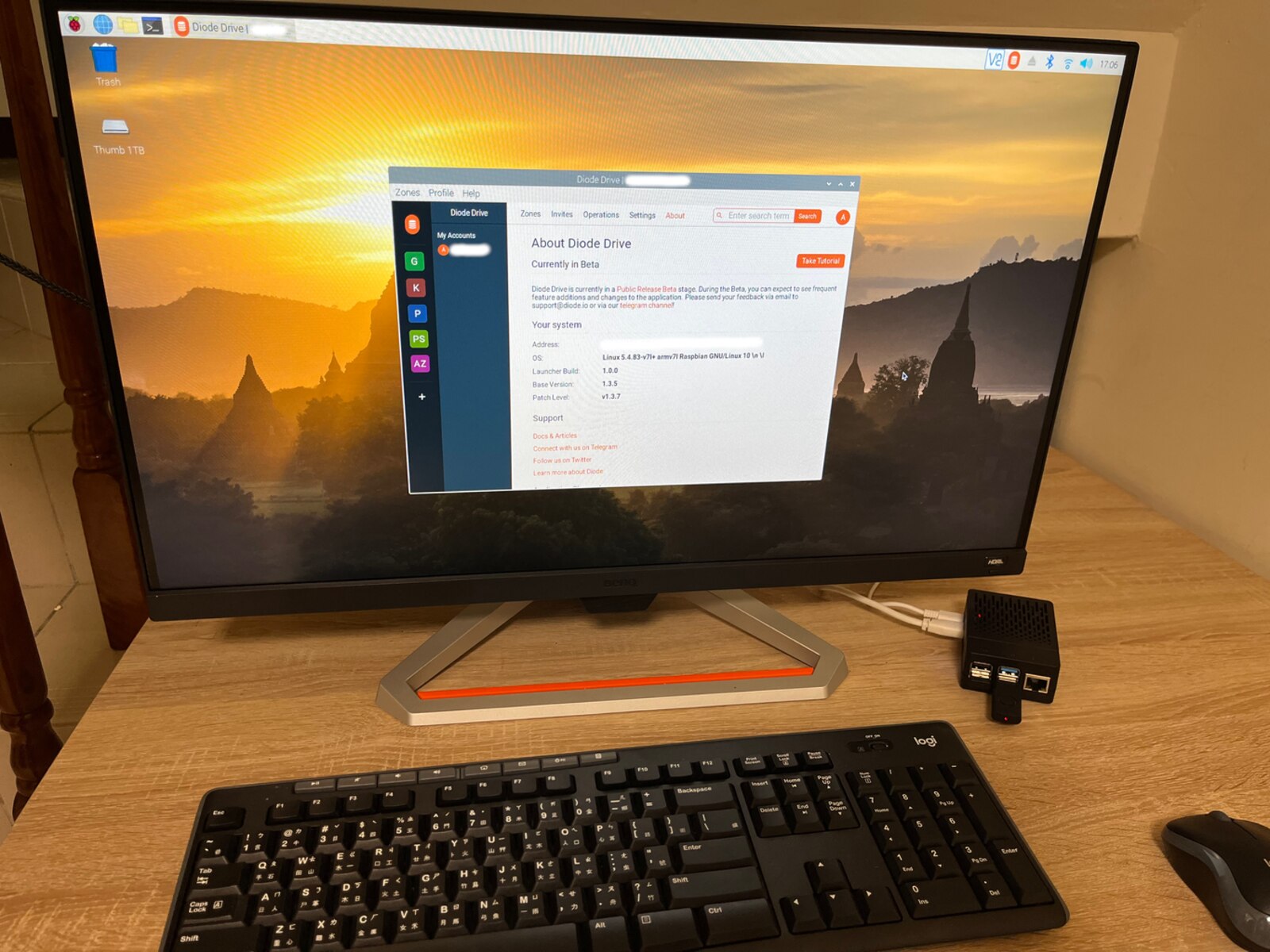Introduction
The internet is a complex network that connects billions of devices around the world. To communicate with each other, these devices use a unique identification system called IP addresses. IP addresses consist of numerical values separated by dots, such as 192.168.0.1. While computers and other devices understand and use IP addresses, they are not particularly user-friendly for humans.
Imagine trying to remember a long string of numbers for every website you want to visit. Luckily, we have the Domain Name System (DNS) to help us translate human-readable words into IP addresses. DNS acts as a translator, making it possible for us to access websites by simply typing in their domain names, such as www.example.com.
In this article, we will explore the role of DNS in translating human-readable words to IP addresses for computers. We will delve into the understanding of IP addresses, explain how DNS works, and take a closer look at the DNS resolution process. Additionally, we will highlight some popular DNS servers and their significance in maintaining a smooth internet experience.
Whether you are a tech enthusiast or simply curious about how the internet works, this article will provide valuable insights into the behind-the-scenes functioning of the web and how DNS plays a crucial role in making it accessible to all.
The Domain Name System (DNS)
The Domain Name System, commonly known as DNS, is a hierarchical naming system that translates human-readable domain names into the corresponding IP addresses. It acts as a backbone of the internet, enabling users to access websites and other resources using familiar names rather than remembering the numerical IP addresses associated with them.
When you type a domain name into your web browser, the DNS system steps in to convert that domain name into its corresponding IP address. This translation process is essential for establishing connections and facilitating communication between devices on the internet.
The DNS hierarchy is structured in a tree-like format, consisting of multiple levels. At the top of the hierarchy is the root domain, represented by a dot (.), followed by top-level domains (TLDs) like .com, .org, or .net. Beneath the TLDs, there are second-level domains (SLDs) such as example.com, google.com, or bbc.co.uk. Further subdomains, such as mail.google.com or news.bbc.co.uk, can be created to organize and specify different services or sections of a website.
DNS operates through a distributed network of DNS servers, which store and provide information about domain names and their corresponding IP addresses. These servers are responsible for handling DNS queries, performing lookups, and resolving domain names to IP addresses.
When a user enters a domain name in their browser, the DNS resolution process begins. The user’s device first sends a DNS query to the configured DNS resolver, which can be the user’s ISP’s DNS server or a public DNS server like Google DNS or OpenDNS. The resolver then communicates with the authoritative DNS servers responsible for the specific domain in question to retrieve the IP address associated with the domain name.
Overall, DNS plays a crucial role in making the internet accessible to users by allowing us to navigate the web using familiar names instead of having to remember intricate IP addresses. By understanding the core principles of DNS, we can gain a better appreciation for the technologies that enable seamless web browsing and online communication.
Understanding IP Addresses
IP addresses are unique numerical identifiers assigned to each device connected to a network. They serve as the “address” that allows devices to send and receive data across the internet. An IP address consists of four sets of numbers, separated by periods, such as 192.168.0.1.
There are two types of IP addresses: IPv4 (Internet Protocol version 4) and IPv6 (Internet Protocol version 6). IPv4 addresses are 32-bit numbers, allowing for approximately 4.3 billion unique addresses. However, with the exponential growth of internet-connected devices, the pool of available IPv4 addresses is depleting rapidly. To combat this, IPv6 was introduced, which uses 128-bit addresses and provides a practically limitless number of unique IP addresses.
Each IP address consists of two main components: the network portion and the host portion. The network portion identifies the specific network to which the device is connected, while the host portion identifies the individual device within that network.
IP addresses are divided into various classes. Class A addresses are used for large networks, with the first octet (the first set of numbers) reserved for the network identifier. Class B addresses are allocated to medium-sized networks, with the first two octets reserved for the network identifier. Class C addresses are assigned to smaller networks, with the first three octets reserved for the network identifier.
Special IP addresses are also reserved, such as 127.0.0.1, which is known as the loopback address and is used for testing network connectivity on the local device. Additionally, private IP addresses, such as those starting with 192.168.x.x or 10.x.x.x, are used within local networks and are not routable on the public internet.
It’s worth noting that IP addresses can be dynamic or static. Dynamic IP addresses are assigned to devices temporarily and can change over time, while static IP addresses are manually assigned to a device and remain unchanged. Static IP addresses are typically used for servers and other devices that require a consistent address for remote access.
Understanding IP addresses is essential for networking and troubleshooting purposes. They allow devices to accurately route data across networks and facilitate communication between devices on the internet. The allocation and management of IP addresses play a vital role in maintaining the stability and growth of the global network infrastructure.
The Role of DNS in Translating Human Readable Words to IP Addresses
The Domain Name System (DNS) plays a vital role in translating human-readable domain names into IP addresses for computers. This translation process is crucial for establishing connections and enabling users to access websites and other online resources easily.
When a user enters a domain name into their web browser, such as www.example.com, the DNS system steps in to resolve that domain name into its corresponding IP address. This translation is necessary because computers communicate with each other using IP addresses, which consist of numerical values that are not particularly user-friendly for humans.
DNS acts as a translator between domain names and IP addresses. It maintains a distributed database of domain names and their associated IP addresses, serving as a directory service for the internet. This database is distributed across numerous DNS servers, allowing for efficient lookup and resolution of domain names.
By translating domain names into IP addresses, DNS enables users to access websites and other resources using familiar and easy-to-remember names. For example, instead of needing to remember the specific IP address of a website, users can simply type in the domain name, such as www.google.com. The DNS system then translates that domain name, retrieving the corresponding IP address, and enables the user’s computer to establish a connection with the website’s server.
DNS plays a crucial role in ensuring the smooth functioning of the internet. Without DNS, users would need to rely on memorizing and manually entering IP addresses to access websites and online services. This would be impractical and challenging for most users.
Furthermore, DNS allows for flexibility in managing IP addresses and mapping them to domain names. If a website’s IP address changes, DNS can update its records accordingly, ensuring that users are still directed to the correct IP address when accessing the website. This dynamic nature of DNS helps to ensure the seamless browsing experience and the efficient management of changing IP addresses.
In summary, DNS serves as a critical component of the internet infrastructure, translating human-readable domain names into machine-readable IP addresses. By doing so, it simplifies the process of accessing websites and online resources, enhancing the usability and accessibility of the internet for users worldwide.
How DNS Works
Understanding how the Domain Name System (DNS) works is fundamental to grasping its role in translating human-readable domain names into IP addresses. DNS functions through a series of steps that involve multiple components, acting together to facilitate the resolution of domain names.
The process begins when a user enters a domain name into their browser. The browser sends a DNS query to the configured DNS resolver, which can be the user’s Internet Service Provider’s (ISP) DNS server or a public DNS server. The DNS resolver then initiates the resolution process by requesting information from the authoritative DNS servers that are responsible for the specific domain name in question.
The authoritative DNS servers are hierarchically organized and have information about domain names and their corresponding IP addresses. Starting from the top-level domain (TLD) servers, such as .com or .org, the resolver works its way down the DNS hierarchy by querying the appropriate DNS server at each level.
If the authoritative DNS server has the requested information, it returns the IP address associated with the domain name. The resolver then caches this information to expedite future queries for the same domain name and sends the IP address back to the user’s browser.
If the authoritative DNS server does not have the information, it will refer the resolver to another DNS server that might have the answer. This process continues until the IP address is found or a negative response is received.
It’s important to note that DNS operates on a distributed network of servers, which helps distribute the load and improve reliability. DNS servers can be categorized into different types, such as root servers, TLD servers, and authoritative servers. Each server plays a specific role in the resolution process.
To streamline the DNS resolution process, mechanisms like DNS caching are implemented. DNS caching allows resolvers to store the IP address information they retrieved for a certain period. This way, subsequent queries for the same domain name can be resolved more quickly, reducing the overall latency and improving user experience.
In addition to translating domain names into IP addresses, DNS also supports other types of resource records (RRs) that provide additional information, such as mail server records (MX records) and service location records (SRV records). These records enable various internet services to function effectively by associating specific servers with domain names.
Overall, DNS works by employing a hierarchical structure, distributed servers, and caching mechanisms to resolve domain names to their corresponding IP addresses efficiently. By understanding how DNS operates, we can appreciate the underlying processes that enable seamless web browsing and support the functionality of the internet.
DNS Resolution Process
The DNS resolution process is the series of steps that occur when a user’s device needs to translate a domain name into its corresponding IP address. This process involves various components and interactions between DNS servers to ensure accurate and timely resolution.
When a user enters a domain name into their web browser, the browser sends a DNS query to a DNS resolver. The resolver can be the user’s Internet Service Provider’s (ISP) DNS server or a public DNS server. The resolver is responsible for handling DNS queries on behalf of the user.
The resolver first checks its local cache to see if it already has the IP address for the requested domain name. If the information is present, the resolver retrieves the IP address from its cache and returns it to the user’s browser. This step helps optimize the resolution process by avoiding unnecessary network requests.
If the IP address is not found in the resolver’s cache, it begins the iterative resolution process. The resolver sends a query to the root DNS servers, which are responsible for the top-level domains (TLDs) like .com, .org, or .net.
The root DNS servers respond to the resolver with a referral response, indicating the authoritative DNS servers responsible for the TLD of the requested domain name. The resolver then sends a query to one of these authoritative DNS servers.
The authoritative DNS server, in turn, responds with another referral response, directing the resolver to the DNS server responsible for the specific domain name’s zone. This process continues until the resolver reaches the authoritative DNS server that holds the IP address information for the requested domain name.
Once the resolver receives the IP address information, it stores it in its local cache for future use and returns the IP address to the user’s browser. The browser uses this IP address to establish a connection with the server hosting the requested website or service.
DNS resolution is designed to be efficient and fast. The process incorporates caching mechanisms at various levels to store IP address information and minimize the time required for subsequent queries. TTL (Time to Live) values associated with DNS records determine how long the resolver should cache the information before querying for fresh updates.
It’s important to note that DNS resolution is not a linear process. It occurs simultaneously across multiple DNS resolvers and servers, ensuring that users can access websites and online resources without noticeable delays.
Through the DNS resolution process, the Domain Name System enables the translation of human-readable domain names into their corresponding IP addresses, making it possible for users to connect to websites and services using familiar and easy-to-remember names.
Popular DNS Servers
When it comes to DNS resolution, there are several popular DNS servers that users can utilize to translate domain names into IP addresses. These DNS servers offer different features, performance levels, and privacy options. Let’s take a closer look at some of the commonly used DNS servers:
- Google Public DNS: Developed by Google, Google Public DNS is a widely used DNS service that offers fast and reliable resolution. It prioritizes speed and provides a secure browsing experience. Google Public DNS is known for its vast infrastructure and robust performance.
- OpenDNS: OpenDNS, now part of Cisco, is another well-known DNS service. It offers features like content filtering, malware protection, and enhanced parental controls. OpenDNS provides customized DNS resolution and focuses on improving security and privacy for users.
- Cloudflare DNS: Cloudflare DNS is known for its speed and privacy features. It emphasizes the importance of privacy and does not store user data. Cloudflare DNS uses an anycast network infrastructure, which helps deliver DNS responses from the closest server to the user.
- Quad9: Quad9 is a DNS service that focuses on security and protecting users from malicious websites. It uses threat intelligence from various sources to block access to known malicious sites and prevents users from connecting to potentially harmful content.
- ISP DNS Servers: Many Internet Service Providers (ISPs) have their own DNS servers which serve as the default DNS server for their customers. These servers vary in terms of performance and features based on the ISP. Using your ISP’s DNS server can sometimes provide faster resolution due to proximity.
When choosing a DNS server, it’s essential to consider factors such as performance, security, privacy, and any additional features they offer. Some DNS servers may have better geographic coverage, resulting in faster responses, while others may prioritize privacy and security.
Users can configure their devices or routers to use specific DNS servers or modify the DNS settings on individual applications to take advantage of the benefits offered by different DNS services. Switching to a different DNS server can sometimes improve the browsing experience, especially if users encounter issues with their ISP’s DNS or are looking for additional security features.
Ultimately, the choice of DNS server depends on the specific needs and preferences of the user. It’s worth exploring different options and their respective advantages to find the DNS server that best suits your requirements.
Conclusion
The Domain Name System (DNS) plays a crucial role in translating human-readable domain names into machine-readable IP addresses. It simplifies web browsing and enables users to access websites and online resources using familiar names instead of complicated numerical addresses. Understanding the workings of DNS provides valuable insights into how the internet functions and how seamless connectivity is achieved.
Through a hierarchical structure and a distributed network of servers, DNS efficiently resolves domain names to their corresponding IP addresses. The DNS resolution process involves interactions between DNS resolvers and authoritative DNS servers, ensuring accurate and timely translation of domain names. Caching mechanisms and TTL values help optimize the resolution process, reducing latency and improving the browsing experience.
Popular DNS servers like Google Public DNS, OpenDNS, Cloudflare DNS, Quad9, and ISP DNS servers offer different features, performance levels, and privacy options for users to choose from. Selecting the right DNS server can impact browsing speed, security, and privacy depending on individual needs and preferences.
Overall, the Domain Name System is a fundamental component of the internet infrastructure, translating human-readable domain names into IP addresses to facilitate seamless communication and access to online resources. It is an indispensable technology that enables users worldwide to navigate the internet with ease and convenience.









